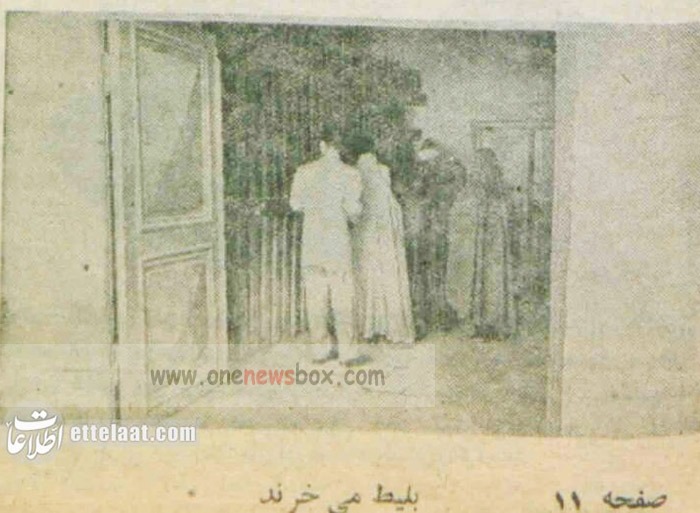According to statistics at the time, approximately 300,000 pilgrims visited the shrine of Hazrat Abdul Azim (AS) every year. This continuous and predictable movement of people created a stable source of potential revenue. Pilgrimage to the shrine of Abdul Azim—a tradition dating back centuries—was deeply embedded in the religious and cultural life of Tehran and the surrounding region. The Qajar court and foreign investors saw an opportunity: a railway line connecting Tehran to Rey could generate steady income while demonstrating the state’s openness to technological innovation.
Moreover, from a long-term infrastructure perspective, any southward expansion of Iranian railways had to begin from the Tehran–Rey region. Thus, the project represented both a practical and symbolic first step toward a more extensive national railway system—an ambition that would fully materialize decades later during the reign of Reza Shah Pahlavi with the construction of the Trans-Iranian Railway.
Naser al-Din Shah and the Railway Concession
The concession to build the Tehran–Rey railway was granted by Naser al-Din Shah Qajar—a monarch fascinated by European technology, photography, and urban development—to Fabius Boital, a French engineer and entrepreneur with a reputation for seeking railway concessions across the Middle East. Boital was also awarded the concession to construct a tramway in Tehran.

